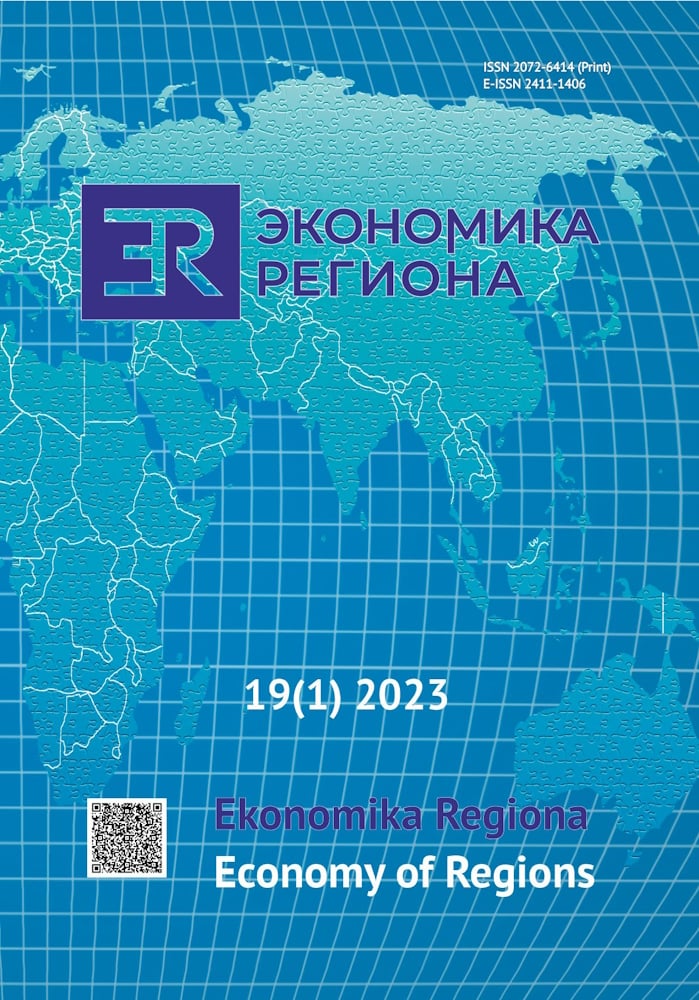Clustering of Regions Using Basic Agricultural and Economic Criteria
DOI:
https://doi.org/10.17059/ekon.reg.2023-1-14Keywords:
agriculture, localisation, specialisation, segmentation, cluster analysis, k-means algorithm, dynamic segmentation, meso-clusters, classification, agri-businessAbstract
The diversity of natural, climatic, and economic conditions of Russian regions implies a wide range of approaches to their classification. Simultaneously, the task of creating an abstract methodology for any branch of the national economy becomes more complicated. Effective clustering plays an important role in the establishment and implementation of agricultural and economic policies. The paper explores the potential of basic agricultural and economic regional clustering based on time series of main economic and agricultural development indicators. The dynamic segmentation technique was applied in order to monitor and predict the direction of meso-economic changes. Official Russian statistics were analysed to identify groups of indicators on production, production and institutional, and production and structural criteria. The k-means clustering algorithm was chosen as the key research method. Based on the three simulated regional segments, baseline average values were calculated. Then, the segments were classified according to the obtained characteristics. The outliers, significantly differing from the main data sets, were considered separately. The findings confirmed a wide spatial distribution of regions included in certain agricultural and economic segments. The presented classification can be applied to justify the directions and choice of instruments of agricultural and economic policy and a strategy for creating production clusters. Moreover, it can be used to plan the activities of regional agri-businesses and reduce their development imbalances. To improve the dynamic segmentation technique in the field of agricultural and economic development, the analysis can be expanded by changing the examined time interval, increasing the number of factors included in the model and their interactions, and introducing new clustering algorithms. Additionally, this model can be used to forecast structural changes and production dynamics.
Downloads
Published
How to Cite
Issue
Section
License
Copyright (c) 2023 Шестаков Роман Борисович , Ловчикова Елена Ионовна

This work is licensed under a Creative Commons Attribution 4.0 International License.




